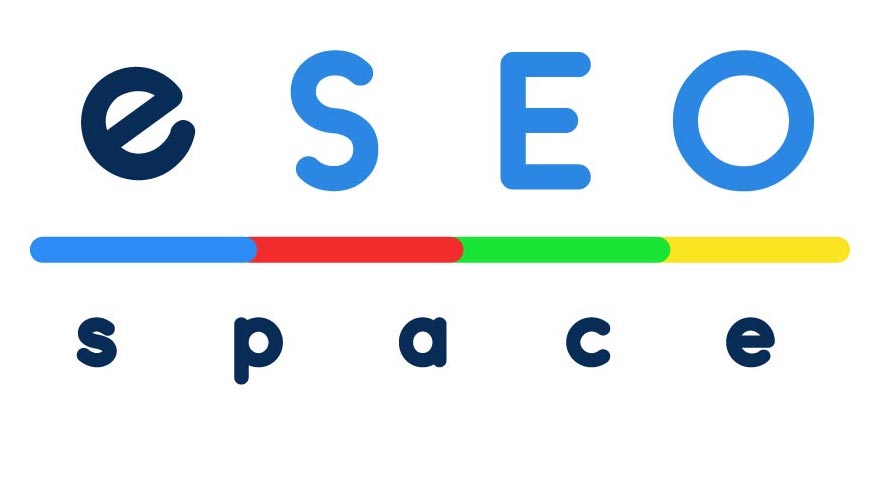Crafting Effective Email Campaigns That Convert Subscribers to Customers
Crafting effective email campaigns is an art and science that, when executed well, can transform your subscribers into loyal customers. With the right approach, these campaigns not only convey your message but also build lasting relationships with your audience.
Understanding the Power of Email Marketing
Before diving into the heart of crafting effective email campaigns, it’s crucial to understand what email marketing is and why it’s so effective. There are plenty of benefits of email marketing, and here are just some of them:
- Direct communication with your audience
- Cost-effective marketing solution
- High return on investment
- Personalized content delivery
- Easy tracking and analysis

In a world inundated with digital communication, email stands out as a personalized and direct line to your audience. With a strategic approach, you can leverage this powerful tool to nurture leads, enhance brand loyalty, and drive sales. Let’s find out how to make the most of it!
1 Maximizing Impact with Your Subject Line
A compelling subject line is vital for opening the door to your content. It’s your first, and sometimes only, chance to grab the reader’s attention. Focus on creating a sense of urgency or curiosity without falling into the trap of sounding spammy.
For instance, a subject line for an email campaign in rehab marketing might intrigue the reader with a unique insight or a time-sensitive offer. Utilize A/B testing to determine which phrases resonate most with your audience, enhancing open rates and providing insights into their preferences and behaviors.
2 Optimizing Timing and Frequency for Maximum Reach
The timing and frequency of your emails can significantly impact their effectiveness. It’s not just about what you send; it’s also about when you send it. Analyze your audience’s behavior to determine the best times to reach them. For instance, professionals might check their email more frequently during work hours, while others might be more responsive in the evenings or weekends.
Also, consider the nature of your content when deciding on frequency. A weekly newsletter might be appropriate for educational content, like mastering the skill of UX writing, whereas promotional emails might be better sent less frequently. Monitor how different schedules affect your engagement rates and be flexible in adjusting your strategy. Remember, consistency is key in email marketing. However, overwhelming your subscribers with too many emails can increase unsubscribe rates.
3 Deepening Personalization in Email Campaigns
Personalization is the cornerstone of effective email campaigns, especially in specialized fields like rehab marketing. In order to connect genuinely with your audience, it’s essential to segment your email list thoughtfully. For instance, pros that specialize in rehab marketing should tailor content to address specific stages in a patient’s journey.
This approach ensures that each email feels directly relevant to the recipient. When crafting email marketing for rehab centers, use the data to drive your strategy, focusing on your audience’s unique needs and preferences. This level of personalization fosters stronger relationships and higher engagement rates.
4 Crafting Engaging and Relevant Content
The core of your email lies in its content. It should be engaging, informative, and, most importantly, relevant to your audience. Start with a strong opening that immediately grabs attention, perhaps with an interesting fact, a question, or a bold statement. From there, weave a narrative that guides your reader through the content. Remember, the goal is not just to inform but also to connect on a personal level. Use language that mirrors how your audience communicates.

For instance, if you’re focusing on email marketing for rehab centers, your tone might be empathetic and encouraging, offering support and information. Ensure your content aligns with your audience’s interests or needs, providing value in every email. This could be exclusive insights, tips, or early access to new products or services. Finally, every email should have a clear, compelling call-to-action (CTA) that guides the reader on what to do next, whether to make a purchase, learn more about a topic, or reach out for assistance.
5 Enhancing Email Design for Greater Engagement
Consider designing your email as an extension of your brand’s story. Every element, from the color scheme to the font choice, should reflect your corporate identity and appeal to your audience’s aesthetics. When you breathe new life into your corporate identity through email design, you create an immersive experience for your subscribers. Incorporate interactive elements like animated GIFs or videos to catch the eye.
Also, ensure your emails are mobile-friendly, as many users access them through smartphones. The design should facilitate easy reading and navigation, regardless of the device used. Don’t forget to pay attention to the balance of text and visuals. While images can enhance engagement, too many can distract from your message or even trigger spam filters.
6 Harnessing the Power of Email Automation
Email automation is a powerful tool for timely, relevant, and personalized communication with your subscribers. With automation, you can set up email sequences that trigger based on specific actions your subscribers take. For instance, if someone signs up for more information on rehab marketing, they could automatically receive a welcome email and a series of emails that provide more details and testimonials.
Automated emails can also be used for reminders, re-engagement campaigns, or special occasion greetings. The key is to make these automated emails feel as personalized and relevant as possible. Use the data you have about your subscribers to segment these automated emails effectively, ensuring that each subscriber receives content most relevant to their interests and interactions with your brand.
7 Utilizing Analytics to Refine Campaigns
Analytics play a crucial role in crafting effective email campaigns. They provide insights into what’s working and what’s not, allowing you to refine your strategy continuously. Pay close attention to metrics like open rates, click-through rates, and conversion rates. These numbers will tell you how engaging your subject lines are, how effective your CTAs are, and how well your email strategy drives your business objectives.

Integrating these insights can lead to more targeted and successful campaigns if you aim to grow your business with SEO and email marketing. Additionally, keep an eye on the growth of your email list and the rate of unsubscribes. A high unsubscribe rate could indicate content relevance or frequency issues, signaling a need for adjustment.
Reaching New Heights with Email Marketing
As we’ve explored, the success of connecting with your audience lies in crafting effective email campaigns. By focusing on personalization, engaging content, and insightful analytics, your email strategy can become a powerful tool for converting subscribers to loyal customers. Remember, the journey in email marketing is one of continuous learning and adaptation. Each campaign offers a new opportunity to refine your approach, ensuring your message reaches and resonates with your audience. Embrace these principles, and you’ll see the tangible growth and enduring relationships that effective email marketing can bring to your business.









